Duy Phien village, Bac Phuoc hamlet, Trieu Phuoc commune, Trieu Phong district used to be an isolated countryside because it was surrounded by rivers on all sides. For hundreds of years, every time the rainy and stormy season came, the people of Bac Phuoc village, including the people of Duy Phien village, were always worried about the rising flood waters, strong currents, washing away dikes, destroying fields and villages. In that fierce storm, Duy Phien communal house was the place to shelter and protect the villagers. The communal house was also the place to hide revolutionary cadres, a "witness" of history and a place for political , cultural, religious activities, meetings to discuss major issues of the village...

Duy Phien communal house has become the pride of generations of children in the village - Photo: NB
Bac Phuoc is a land located in the North of Trieu Phuoc commune, surrounded by two branches of Hieu and Thach Han rivers, with a total area of about 4 km2. Before merging into Bac Phuoc village, this island had 3 villages including: Duy Phien, Ha La, Duong Xuan with about 330 households, more than 1,500 people. After many changes, the small villages are still isolated in the middle of salt water with many worries.
Dozens and hundreds of years ago, Bac Phuoc island was associated with salt marshes, and the people here had to endure the harshness of natural disasters. Especially during the rainy and stormy season, the floodwaters from upstream poured in, combined with the waves and high tides, causing the island to be submerged in water. Faced with the terrible destruction of storms and floods, the people of Bac Phuoc learned from their experiences, built dikes, and built houses high enough to avoid flooding.
Duy Phien village is located close to the riverbank, downstream towards the estuary, so since ancient times, every household in the dry season often carried soil to build the foundation of the house, and the barn for buffalo and cows to avoid floods. And Duy Phien village communal house is the place where people joined hands to build soil and gravel, becoming the highest place in the village, a sacred symbol of the village.
The elders recounted that Duy Phien village has a history of over 500 years. Like many other villages, Duy Phien village has accumulated the typical features of Vietnamese culture, and at the same time, it also carries the characteristics of an island, with many small fields that our ancestors had developed hundreds of years ago. Currently, the village has 7 clans with 153 households and more than 630 people.
Talking about Duy Phien village communal house, the old books do not record specifically and even the elders in the village do not remember clearly the time of the initial construction of the communal house. It is only known that in the past, the ancestors of Duy Phien village established many temples to worship such as: Thanh Hoang Temple, Ba Ho Temple, temples to worship gods, and those who were granted titles by the royal court. However, due to war and natural disasters, most of the old temples and shrines are no longer intact over the years.
According to the remaining sources, the former location of Duy Phien communal house today was built by the ancestors with the help of villagers to build a high ground foundation to worship their ancestors. Every year, on the full moon of the sixth lunar month, the villagers hold a worship ceremony there. In 1939, the communal house was built of wood with four roofs and tiled roofs. During the resistance war against the French, the communal house was severely damaged.
In 1959, the village people rebuilt the communal house with brick walls, two tiled roofs, three outbuildings and a relatively large communal house, and four ancient banyan trees in the yard. In 1972, the communal house was heavily damaged by American bombs.
In 1998, the communal house was rebuilt and inaugurated on August 2, 1998. After 21 years, the communal house had deteriorated, so the villagers decided to build a new, more spacious communal house. In 2019, the communal house was started to be built with a total cost of over 3.2 billion VND. In April 2021, Duy Phien village held an inauguration ceremony for the communal house.
According to the design, the worship area has three rooms, in which the middle room worships the ancestors who first opened the land, the left room worships the ancestors who later opened the land, and the right room worships the seven clans of the village. Every year, the village executive board regularly organizes worship ceremonies, the anniversary of the ancestors is worshiped in the communal house, including the Spring and Autumn ceremonies. On each occasion of the ceremony, the village executive board always performs gratitude rituals, expressing gratitude for the merits of the ancestors, and at the same time praying for peace and prosperity for the villagers.
On the occasion of the festival, each household sends at least one person aged 18 or older to attend and join in the fun, thereby also contributing to strengthening the neighborhood relationship, especially when Tet comes and spring returns.

Many children of Duy Phien village from all over the country came to attend the inauguration ceremony of the village communal house in 2021 - Photo: NB
For decades, the communal house has always been a place of shelter for villagers when major storms and floods occur, such as the historic floods of 1983, 1985, and 1989. In the communal house grounds, there are many ancient trees with lush foliage and high ground, so people bring livestock and poultry here to avoid the floods. The elderly, the weak, children, and households that are deeply flooded are often brought to the communal house to take shelter from storms and floods. Many households also cook and sleep at the communal house during the flood days.
The communal house not only sheltered villagers from natural disasters but also served as a shelter for revolutionary cadres and a place where many meetings and major political and social activities of the village took place. In October 1975, before migrating to the new economic zone of Lao Bao (Huong Hoa district), a meeting was held at the communal house to discuss this migration policy. The communal house was also a place to honor and award scholarships to children in the village and organize activities to encourage learning and talent, launch many emulation movements, and build the homeland.
The village communal house is like a historical “witness”, witnessing, following, and protecting Duy Phien villagers in the wars against the Ming army in the post-Tran period in the 14th century, the Lam Son uprising in the 15th century, Nguyen Hue’s attack on Bac Ha in the late 18th century, defeating the Siamese army in the early 19th century. Responding and participating in the Can Vuong movement in 1885, and the uprisings against French colonialism and American imperialism later.
During the struggle for national liberation, the revolutionary movement in Duy Phien village was established very early, in the early 1930s and 1940s. During this period, the village had the first Red Peasant Association of the commune; the first place the commune chose as a base to build resistance forces against the French in 1947-1948; it was also the first place in the commune to have a secret tunnel in the resistance war against the US and the first place to establish a village front government in June 1964.
The only village in the commune that had a Young Pioneer Unit against the US in the years 1965-1968; it was the first area where the liberation army returned in the 1972 campaign. In particular, in the years 1955-1960, Duy Phien village was the revolutionary base of the Provincial Party Committee's leadership. Throughout the period of resistance against the US, it was a revolutionary base, a place to hide and nurture many district committee cadres, party committee cadres and secret guerrilla cadres.
The war ended, leaving behind much pain and loss, but also great pride when the people of Duy Phien village were awarded the Second Class Liberation Medal by the Provisional Revolutionary Government of the Republic of South Vietnam in 1973. The whole village had 6 heroic Vietnamese mothers, one hero of the people's armed forces, 62 martyrs, 30 wounded, sick and imprisoned soldiers, and over 100 people were awarded various medals and orders by the State.
Hundreds of years have passed, many generations of Duy Phien villagers were born, grew up, left, and returned, all carrying within them the pride of a revolutionary and studious village. Contributing to the homeland and the country in peacetime are 4 PhDs, hundreds of children with college, university, and post-graduate degrees, many shining examples of businessmen, many typical citizens and party members in studying, working, producing, and doing business.
Duy Phien communal house is not only a sacred place of worship but also a space for cultural and spiritual activities, a bond of community, a cultural and religious institution of the villagers. So that every spring, no matter where they are, the villagers' children turn to their homeland, take care of village and national affairs, celebrate spring festivals, and pay tribute to their ancestors...
Nhon Bon
Source


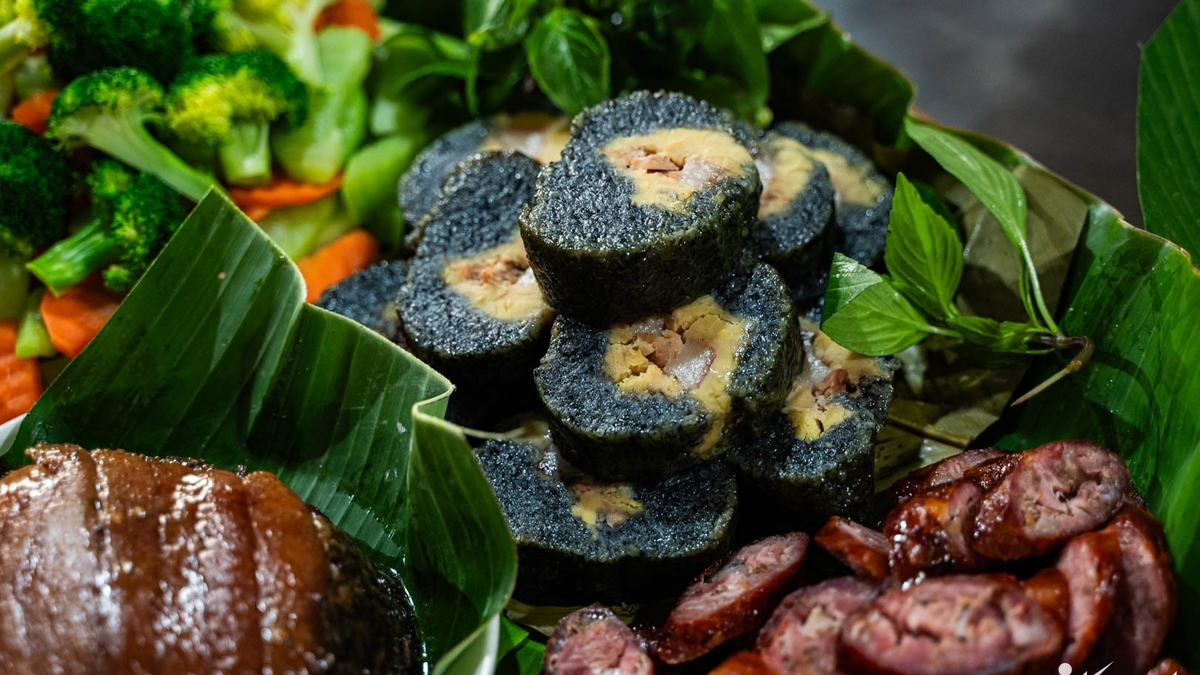
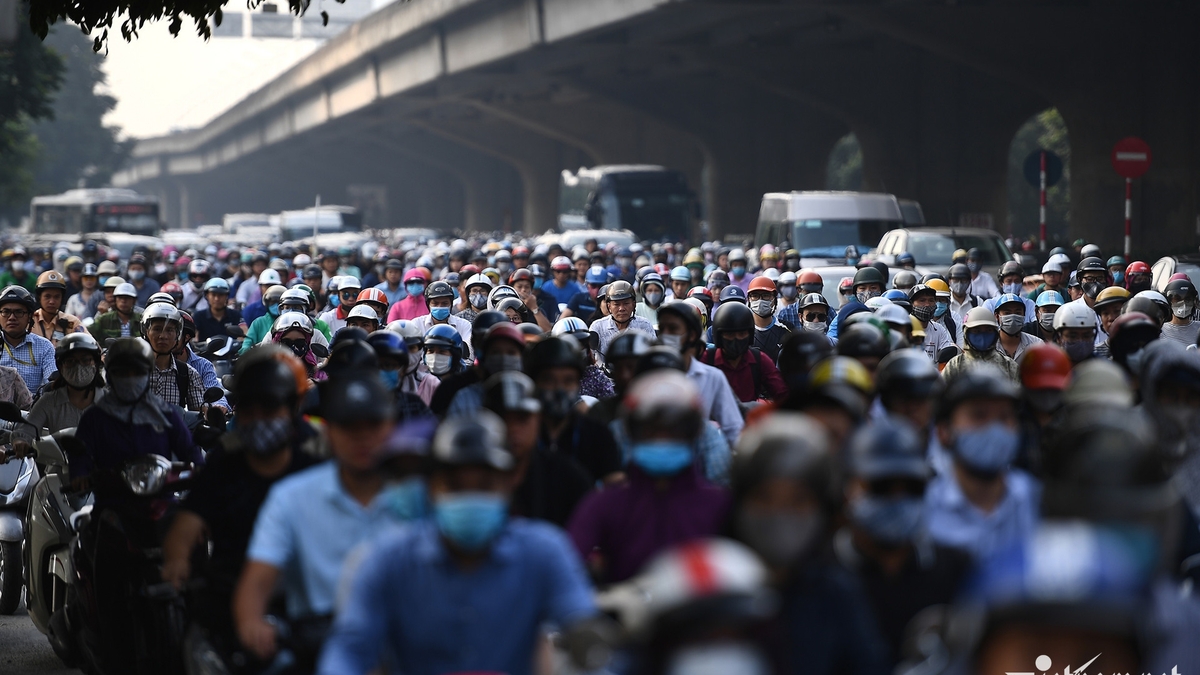


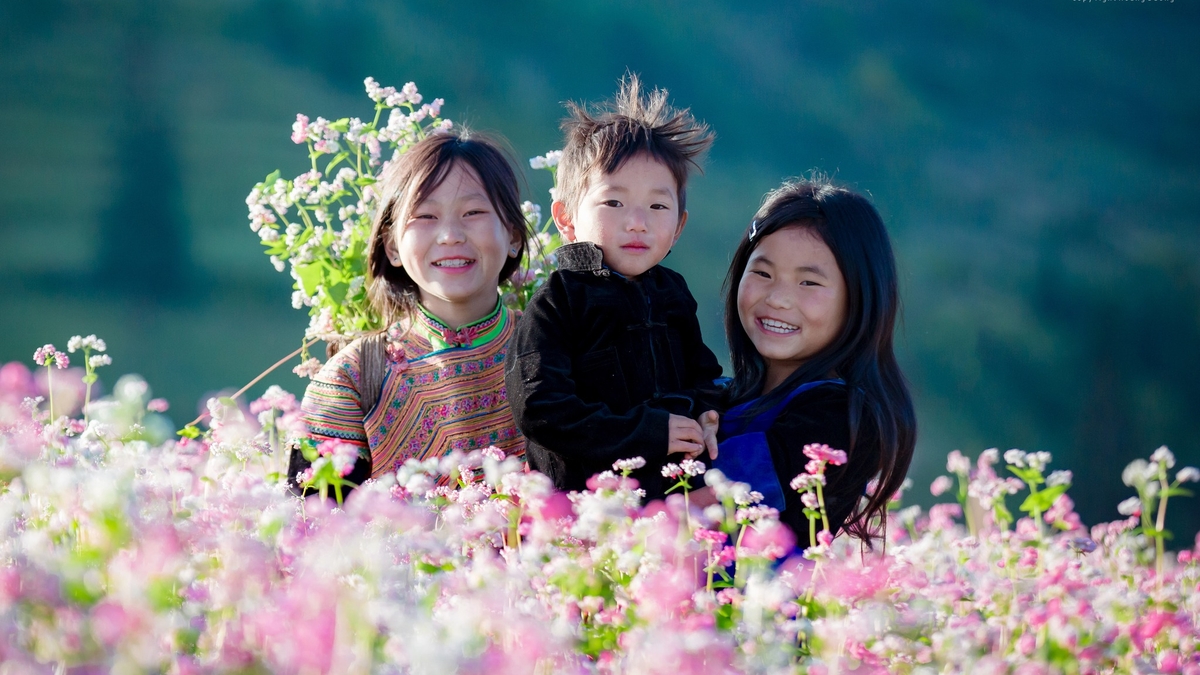
![[Photo] Highways passing through Dong Nai](https://vphoto.vietnam.vn/thumb/1200x675/vietnam/resource/IMAGE/2025/11/12/1762940149627_ndo_br_1-resize-5756-jpg.webp)


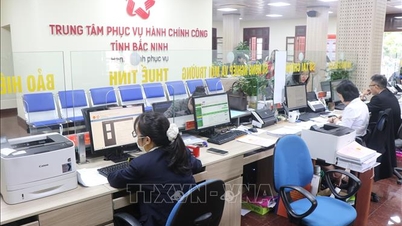



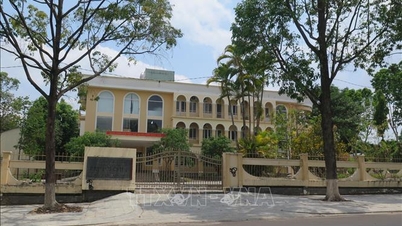
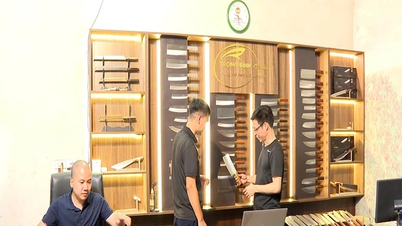

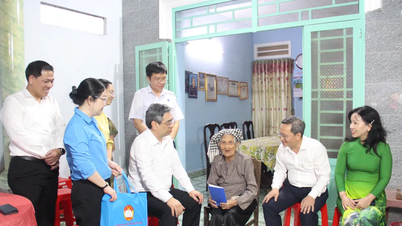

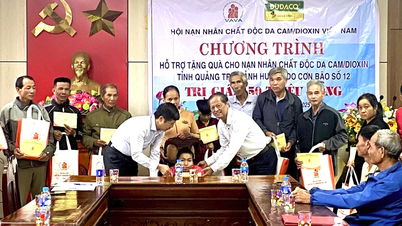


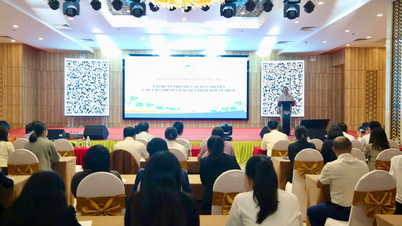



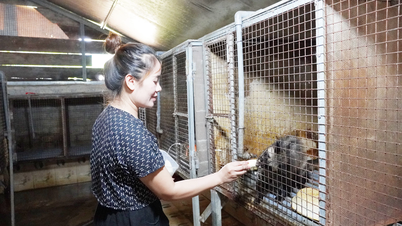





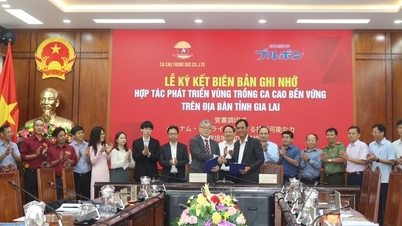

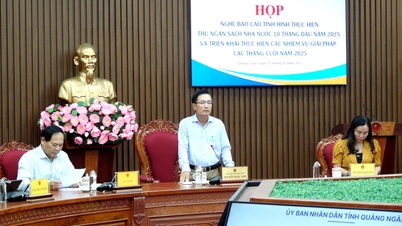
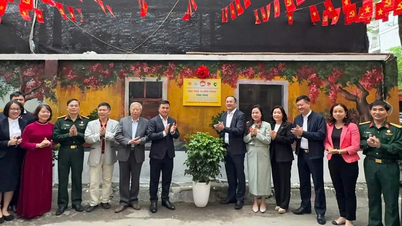
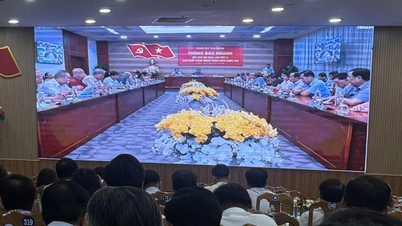






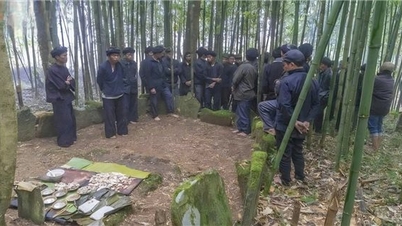


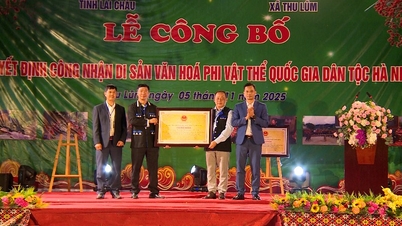

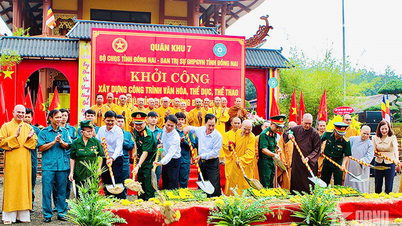



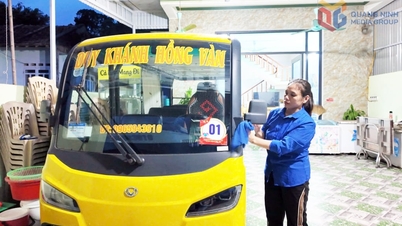

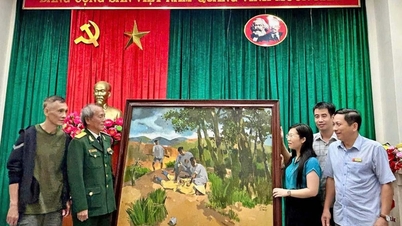

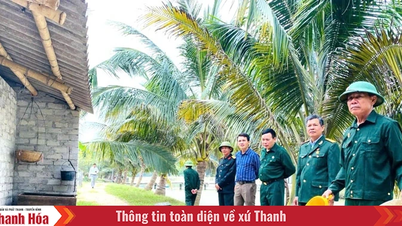

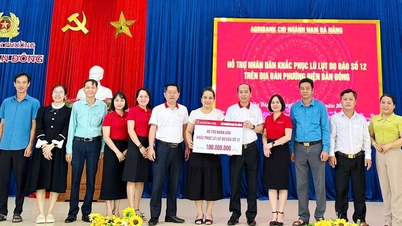

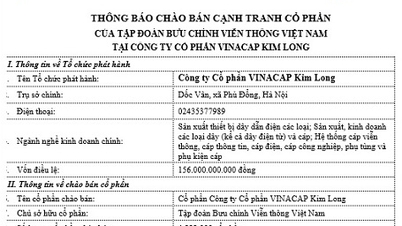


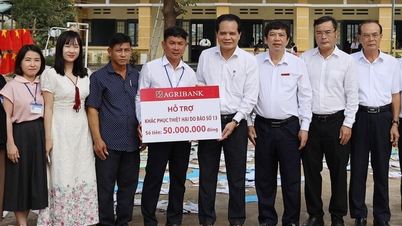

















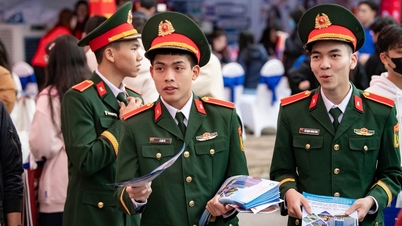

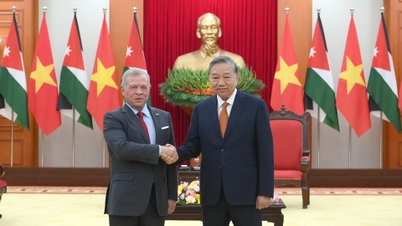
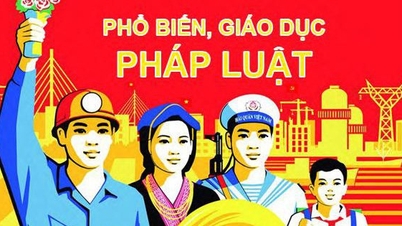

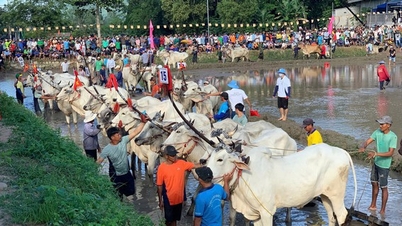

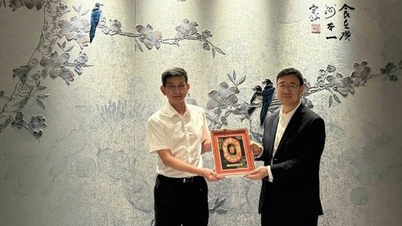










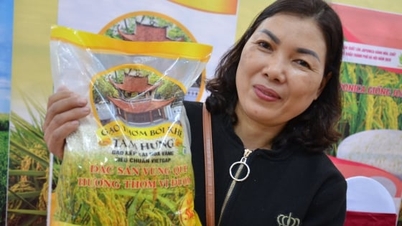


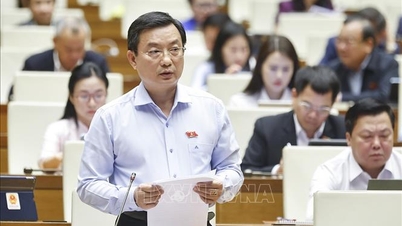
![Dong Nai OCOP transition: [Article 3] Linking tourism with OCOP product consumption](https://vphoto.vietnam.vn/thumb/402x226/vietnam/resource/IMAGE/2025/11/10/1762739199309_1324-2740-7_n-162543_981.jpeg)








Comment (0)